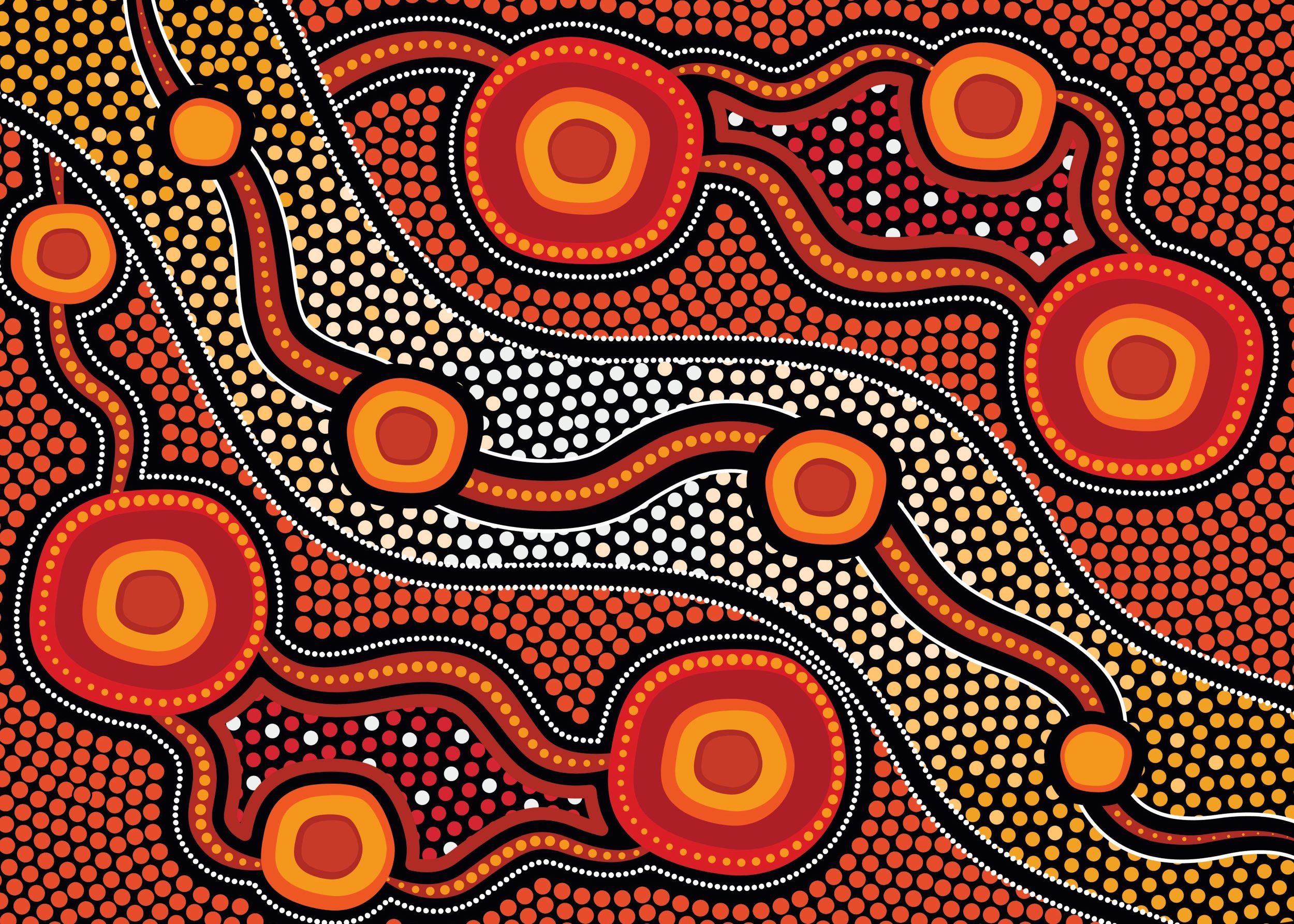Indigenous Health and Disability

Understanding the complexities of how Indigeneity and disability identity compound inequities (Rivas 2018) is a key component of the HECW program. The combined factors of "being Indigenous, having experiences of colonization and institutionalization, experiences of racism and discrimination, and living with disabilities gives rise to multiple identities that go unseen by people with or without experiences of disability" (Hickey and Wilson 2017, p. 89), all shaping health and wellbeing outcomes for Indigenous Peoples across their life course (Gilroy et al 2023). Acknowledging the ways in which disability can be a two-edged sword for Indigenous communities may offer opportunities for health service transformation at the critical juncture of health services design, delivery and accessibility to improve health and wellbeing.
Aim and Approach
Every instance of purpose, data collection, use and outputs supporting research involving Indigenous Peoples of Canada will be governed by the communities themselves, according to the principles of CARE, OCAP, and National Inuit Strategy on Research, and the Tri-Council Policy Statement, Chapter 9; Research Involving the First Nations, Inuit, and Metis Peoples of Canada. Merging Indigenous and disability research methodologies will provide the platform on which to build the best tools and practices for this stream, relying on Indigenous research methods and Indigenous Standpoint Theory (IST) in collaboration with Critical Disability Perspectives. Indigenous Peoples’ voices and perspectives are the most reliable sources in which responsive, culturally appropriate accessible health systems are defined, designed and delivered within each specific community. The CERC will work directly with Indigenous Communities across Canada and develop community driven projects that: a) seek to address the disproportionate rates of disability that are directly related discriminatory and inaccessible healthcare systems and services; and b) explore and identify appropriate, locally responsive healthcare design, delivery and practices that will effectively respond to Indigenous-disability community members to address the risk of co-morbidity across the life course and premature mortality.